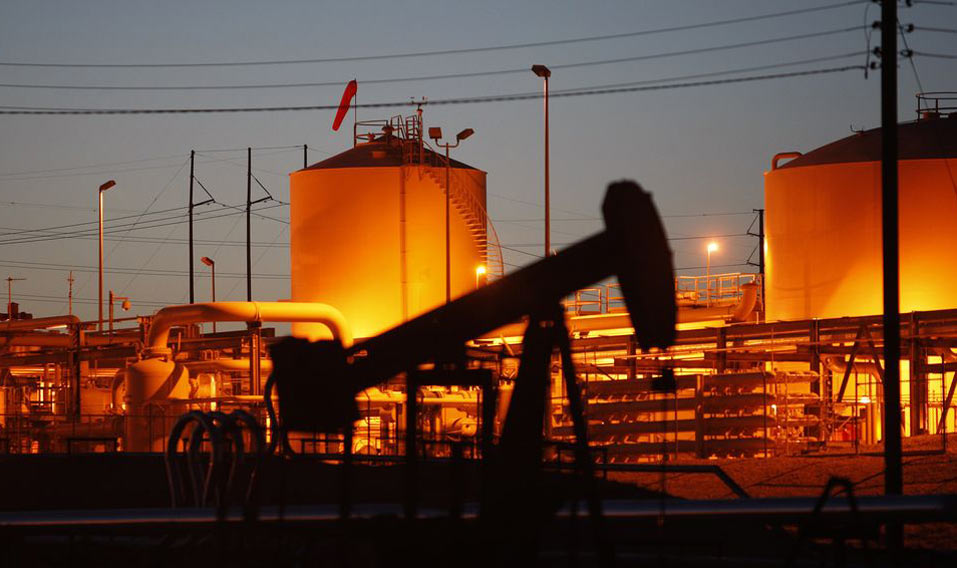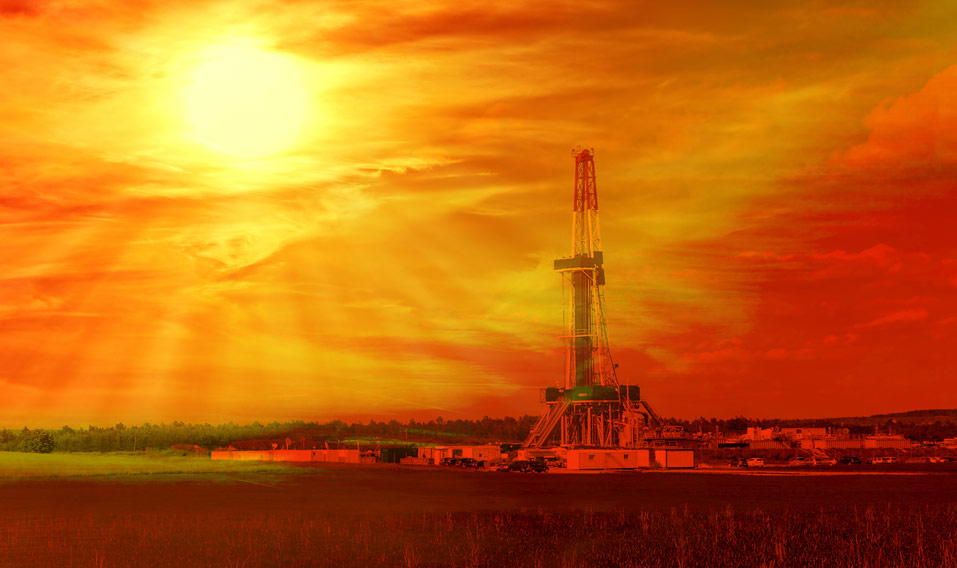Riding on best prospects of favourable energy policies under President Trump, crude prices edged higher on the day he was declared elected. Brent crude futures scaled to $46.35 a barrel on Wednesday from $44.40, the lowest price in a month.
During the presidential election campaign, Trump had declared his intention to make US self-reliant in energy sector. The new president is likely to abandon Barack Obama's tight oil supply policies for unleashing the full power of US shale oil and natural gas and coal reserves. Leasing out federal lands for on-shore and off-shore businesses and doing away with moratorium on coal leasing could potentially deliver a big blow to the Organisation of the Petroleum Exporting Countries (OPEC). The OPEC members produce more than one-third of the world’s crude output.
Losing lustre
In 2014, when the crude price was at its peak, about 1,609 US shale rigs were active. American shale market shrank after the OPEC members pumped more crude to stop shale industry from flourishing. A crude glut, coupled with falling demand owing to global recession, brought down the crude prices by almost 70 per cent. Since then, the US shale firms have slashed their investment and the rig count has fallen to 425, producing less than four millions barrels a day. Shale market just survived these two years.
Crude prices will surge only if the OPEC nations as well as other oil producers like Russia cut down production. However, the threat of shale rebounding has kept the OPEC leaders from reducing output for reaping better export price.
For two years, OPEC members have been competing with one another in pumping record amounts of crude. In September, a tentative agreement was reached by the 14 OPEC members to reduce crude production to 32.5 million barrels per day from its August production level of 33.24 million bpd. Again, in October, the output hit a record high of 33.54 million bpd.
De facto OPEC leader Saudi Arabia is trying to clinch a deal when the OPEC ministers meet in Vienna on 30 November. The International Energy Agency (IEA) said, “If OPEC sticks to its new target, the market’s re-balancing could come faster.”
Optimistic oilmen
 Pump jacks and wells are seen in an oil field on the Monterey Shale formation where gas and oil extraction using hydraulic fracturing, or fracking, is on the verge of a boom in 2014 near McKittrick, California. File Pic: AFP
Pump jacks and wells are seen in an oil field on the Monterey Shale formation where gas and oil extraction using hydraulic fracturing, or fracking, is on the verge of a boom in 2014 near McKittrick, California. File Pic: AFP
Donald Trump's surprise victory has revived the hopes of a shale market recovery. The US oil market is enthusiastic as energy policies of the new Republican president will have a big impact on both fossil fuel and renewable energy sectors.
The US shale energy industry has been tweaking the fracking techniques. Hydraulic fracturing or fracking to squeeze out gas and oil from shale rocks by high pressure pumping of water and a mixture of sand and chemicals has become cheaper. Oil and natural gas stay deep inside isolated pores of shale rocks under the ground and they can be pulled out only by an advanced technology like fracking. Drilling down into the deep rock to release shale gas has raised health concerns in some places.
However, it would take almost a year for the US shale producers to respond to any oil price change. If the crude price stabilises at above $50, the shale barons will bring in investment to ramp up production.





